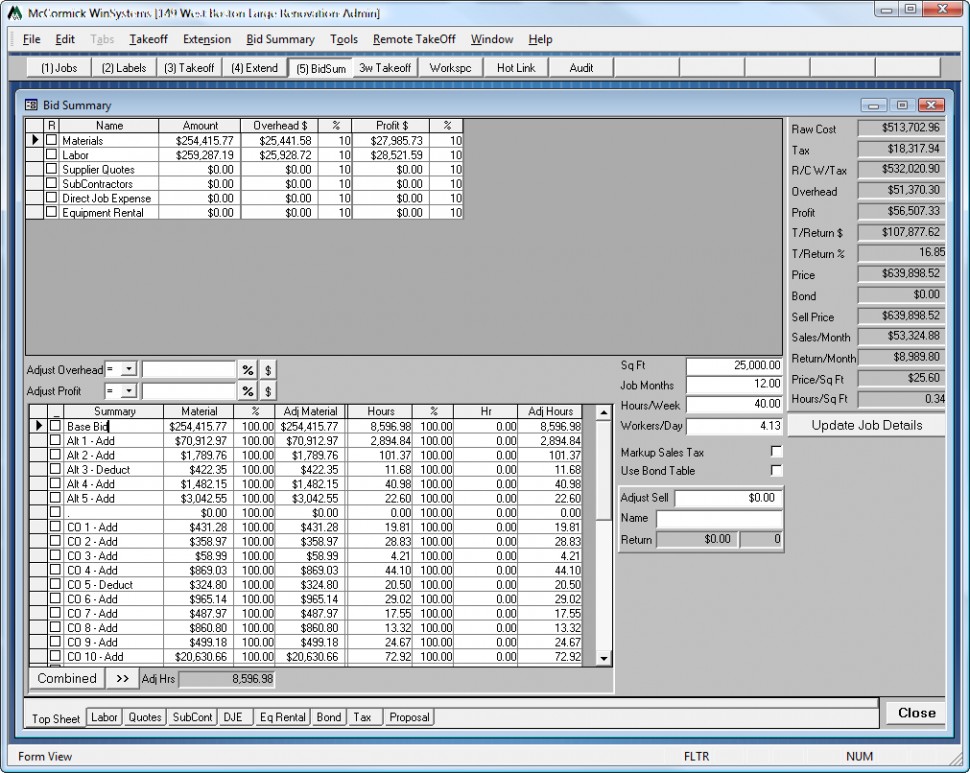Navigating the Intricacies of Electrical Estimating: Finest Practices for Successful Quotes and Budgeting
As each job presents its unique set of variables and obstacles, understanding the art of estimate requires a fragile equilibrium of technological proficiency and critical planning. From navigating changing material prices to applying innovative technologies, the landscape of electrical evaluation demands a careful strategy to achieve productivity and competitive side.
Comprehending Material Prices
Understanding material costs is a fundamental aspect of precise electric estimating in building projects. The cost of products stands for a significant part of the total task expenses and can significantly influence the competition and productivity of a bid. When approximating product expenses, it is crucial to take into consideration elements such as the type and quantity of products required, current market rates, prospective changes in costs, and any type of unique order or shipment fees that might use.
To make certain precise evaluations, service providers should remain notified about the most recent trends and advancements in the products market. Structure solid partnerships with providers can likewise provide valuable understandings and possibly result in cost-saving possibilities. Furthermore, utilizing specialized software application or tools created for material expense estimate can improve the procedure and improve accuracy.
Properly Estimating Labor Costs
To ensure the economic viability of a building job, exact estimate of labor expenses is extremely important in identifying the total expenses included. Labor expenses commonly comprise a substantial portion of the overall task spending plan, making precise evaluation important for successful job conclusion within budget plan restrictions. When estimating labor costs for an electric job, elements such as the scope of job, needed skill levels, project timeline, and labor prices need to be thoroughly taken into consideration.
One key facet of accurately approximating labor expenditures is recognizing the particular jobs involved in the task and the matching labor requirements. Break down the task right into specific components and assign labor hours to every task based upon previous experience or industry standards. Furthermore, think about any potential challenges or unpredicted conditions that might impact labor efficiency and readjust the estimates appropriately.
Cooperation with task supervisors, electrical contractors, and various other stakeholders can also provide valuable understandings into labor needs and aid refine the quotes. CE Estimating Brunswick. By including all appropriate aspects and utilizing industry ideal practices, electrical estimators can boost the precision of labor expense evaluation and boost the general success of the project
Leveraging Modern Technology for Estimate
Integrating advanced technological tools and software application can significantly enhance the procedure of estimating labor expenses for electrical tasks, improving precision and effectiveness in cost analyses. Electric estimators can take advantage of specialized software application created for the market, such as Accubid, McCormick Systems, or ConEst IntelliBid, to automate the computation of labor expenses based on project requirements, materials, and labor prices.
Financial Risk Monitoring in Bidding
Effective economic threat monitoring is essential for successful bidding in the affordable area of electric task estimation. Electrical service providers face different economic risks when preparing quotes for projects, consisting of imprecise price estimations, unexpected task intricacies, and changing product prices - Concept Electrical Estimating. To minimize these threats, specialists must take on critical financial danger administration methods
One trick facet of financial risk administration in bidding process is carrying out comprehensive cost analysis. This involves carefully assessing all project requirements, such as products, tools, expenses, and labor prices. By precisely approximating these costs, specialists can decrease the risk of underbidding and prospective financial losses.
One more essential technique is to include contingency plans right into the bidding process. Consisting of backup funds in the proposal cost helps support against unexpected price overruns or project hold-ups. Contractors need to likewise stay educated regarding market patterns and material cost variations to adjust their bids as necessary.

Methods for Affordable Rates
Offered the crucial nature of precise expense analysis and critical financial risk administration in bidding process, a basic facet to think about in guaranteeing competition is executing efficient techniques for pricing. Competitive prices methods are vital for electric estimators to stand out in the market while still maintaining profitability.

In addition, implementing tiered pricing structures or providing bundled service packages can appeal to a wider series of consumers with differing needs and budgets (CE Estimating Melbourne). By supplying options that deal with different customer sectors, estimators can enhance their chances of winning proposals and securing profitable tasks. Generally, a well-thought-out rates approach is important for remaining competitive in the electrical estimating sector
Final Thought
To conclude, effective electric estimating needs an extensive understanding of product costs, accurate labor expenditure evaluation, application of modern technology, efficient financial danger management, and critical competitive pricing. By incorporating these best techniques into the bidding process, contractors can boost their opportunities of winning quotes and remaining within budget. It is important for electric estimators to continually refine their skills and remain updated on market browse this site fads to navigate the complexities of approximating efficiently.
Labor expenses commonly constitute a considerable section of the total task spending plan, making accurate evaluation vital for successful task completion within budget plan restraints. When approximating labor expenditures for an electric job, factors such as the scope of work, needed ability degrees, project timeline, and labor rates have to be thoroughly thought about.
Integrating sophisticated technological tools and software application can dramatically simplify the procedure of approximating labor costs for electrical projects, boosting precision and performance in expense assessments. Electrical estimators can leverage specialized software designed for the sector, such as Accubid, McCormick Systems, or ConEst IntelliBid, to automate the calculation of labor costs based on task needs, materials, and labor rates. Electrical service providers encounter numerous monetary risks when preparing proposals for projects, consisting of imprecise expense evaluations, unexpected project complexities, and changing material prices.
Comments on “Concept Electrical Estimating: Comprehensive Solutions in Melbourne”